The last straw for Audrey Bellah’s brain came on March 8, 2012.
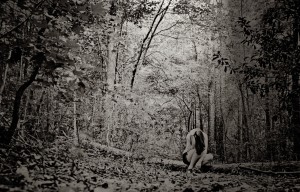
Credit: Audrey Bellah Photography
Concussions on the soccer field in
middle school had left her brain far more fragile than anyone realized. The injury that turned her life upside-down came during a seemingly innocuous game of ultimate Frisbee on the campus of Auburn University, where she was studying radio, television and film.
Audrey accidentally collided with a friend, and her life took a 180-degree turn in a split-second. She awoke hours later in an emergency room.
The entire previous week was missing from her memory. In fact, she later discovered that she couldn’t recall sizable periods of her high school years. There was a migraine building in her head that would stay put for the next year.
Audrey, a straight-A student and one-time soccer standout, had lived an independent life in her own apartment and was making progress toward her dream of one day working for Disney.
“In an instant, it was ripped away,” she recently told the Brain Injury Law Center.
Not One Concussion – 10 Concussions
Audrey’s ordeal is rooted in the lack of awareness surrounding head injuries that still permeates athletic fields around the nation, from NFL stadiums to Little League diamonds. A change has been taking shape in recent years, thanks in large part to the well-publicized plight of pro football players.
Audrey suffered 10 concussions over a seven-year span. The first two came on the soccer field, where Audrey was a standout player who caught the eye of college recruiters. Soccer, she said, was the love of her life. That’s why a pair of concussions didn’t keep her from returning to the field.
“We didn’t think anything of it back then,” Audrey said.
Then came yet another concussion at age 15. This one was different.
“That was the big one. That was when they told me I was not going to be able to play soccer again,” Audrey recalled.
These concussions left her brain in such a delicate state that a collision five years later during a Frisbee game — something that most of us would just brush off — sent her life into a downward spiral.
A Dark Place
After her 2012 concussion, Audrey lost her independence. She awoke each day with the same migraine that made it difficult for her to fall asleep every night.
Friends began to trickle away. They didn’t want to be with someone who was “disabled.” She knows now they were never true friends in the first place, but that doesn’t ease the emotional pain.
For Audrey, who had been making strides towards her ambitions, life had stopped in its tracks.
“You can see your friends and your family out there moving forward with their lives. You just feel like you’re stuck at a standstill,” she said.
#aftermybraininjury
When we spoke with Audrey, a cheery optimism was evident in her Southern drawl. But, despite the smiles, life is still far from normal for the 22-year-old.
Tweeting as @ConcussedProbs, Audrey alludes to the clouds that hang above her head:
“I am in a very, very dark place right now…”
“Sometimes I need a big hug and a shoulder to cry on.”
The support she has found on the Internet, 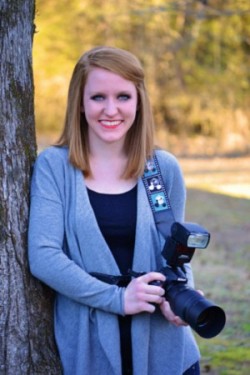 she said, is a “relief.” It’s not easy to find people in your daily life to connect with about an injury that is invisible. But, with the right hashtag or the right group online, understanding comes immediately.
she said, is a “relief.” It’s not easy to find people in your daily life to connect with about an injury that is invisible. But, with the right hashtag or the right group online, understanding comes immediately.
Audrey has taken to a longtime passion, photography, to illustrate how her life has changed since her injury. Supplemented with text that tells her story, a slideshow piece called “Life With a Traumatic Brain Injury” began one day when the ticking clock on Auburn University’s bell tower felt all too symbolic for her, she explained.
Back to Auburn
Audrey is about to resume her studies at Auburn University for the first time since that fateful game of Frisbee more than two years ago. She still has headaches, but her ambitions and dreams are returning to the spaces that housed only mental pain.
Audrey knows the hardest times are behind her.
“I think…”
She pauses.
“I know I’m going to be fine.”
photo credit: Audrey Bellah
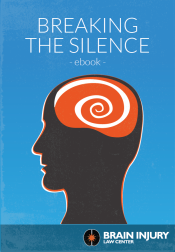


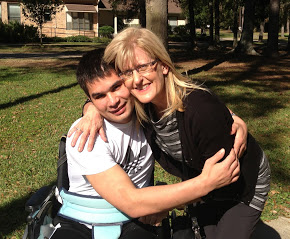 Through the blog, Ben has made connections with people from his past as they follow his recovery. An old hockey coach commented on a recent blog post, and Karla let him know that Ben was happy to hear from him. Despite his fleeting memory, Ben, a defenseman who began play hockey when he was 4, remembered his days on the ice well.
Through the blog, Ben has made connections with people from his past as they follow his recovery. An old hockey coach commented on a recent blog post, and Karla let him know that Ben was happy to hear from him. Despite his fleeting memory, Ben, a defenseman who began play hockey when he was 4, remembered his days on the ice well.
 she said, is a “relief.” It’s not easy to find people in your daily life to connect with about an injury that is invisible. But, with the right hashtag or the right group online, understanding comes immediately.
she said, is a “relief.” It’s not easy to find people in your daily life to connect with about an injury that is invisible. But, with the right hashtag or the right group online, understanding comes immediately. of time at home behind closed doors, alone. She didn’t know what was wrong with him. They said it was post-traumatic stress disorder. She didn’t know what a traumatic brain injury was.
of time at home behind closed doors, alone. She didn’t know what was wrong with him. They said it was post-traumatic stress disorder. She didn’t know what a traumatic brain injury was. While the military has taken notice, much of the legwork addressing the problem has actually come from the private sector. A generous donor funded the National Intrepid Center for Excellence, a state-of-the-art facility at
While the military has taken notice, much of the legwork addressing the problem has actually come from the private sector. A generous donor funded the National Intrepid Center for Excellence, a state-of-the-art facility at  the benefactor who helped fund the brain center at Walter Reed. He’s raising money to build nine more across the country. It will cost $90 million. Information on the effort, as well as how to donate, can be found
the benefactor who helped fund the brain center at Walter Reed. He’s raising money to build nine more across the country. It will cost $90 million. Information on the effort, as well as how to donate, can be found 
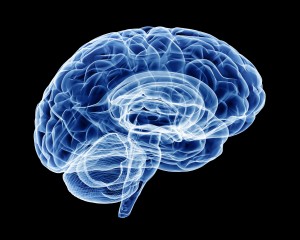 It got worse. After she was diagnosed with a concussion, Corley was unable to perform basic tasks most of us take for granted. She couldn’t focus on the words other people spoke, and she blurted out things she didn’t mean to say. Her balance and coordination were off. And when she sat down at a computer, the woman who wrote and read for a living found she could no longer make sense of written English.
It got worse. After she was diagnosed with a concussion, Corley was unable to perform basic tasks most of us take for granted. She couldn’t focus on the words other people spoke, and she blurted out things she didn’t mean to say. Her balance and coordination were off. And when she sat down at a computer, the woman who wrote and read for a living found she could no longer make sense of written English.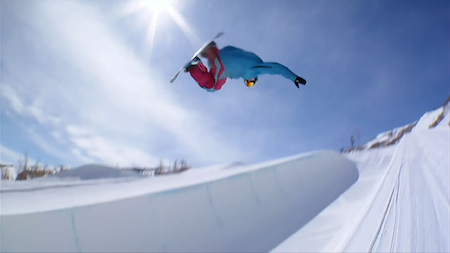 That accident, his ensuing recovery and his previous ascent to the top of his sport are the subject of a film that is
That accident, his ensuing recovery and his previous ascent to the top of his sport are the subject of a film that is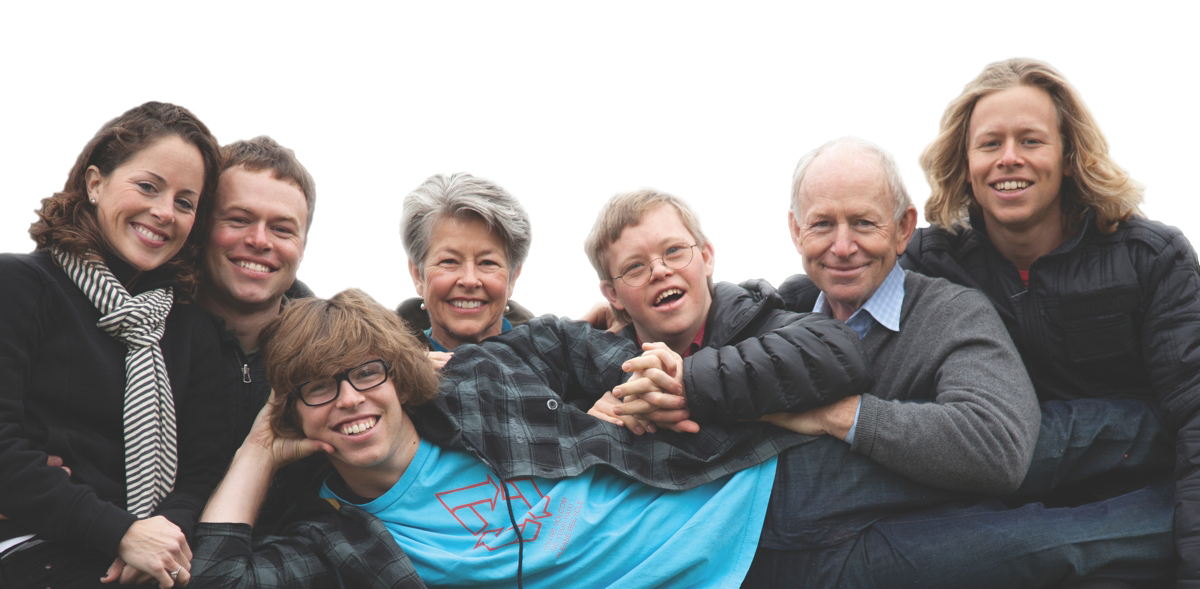

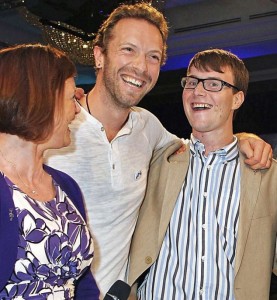 consciousness returned. Unable to walk or speak, he faced a long road ahead. He would need to re-learn how to perform things that most of us take for granted.
consciousness returned. Unable to walk or speak, he faced a long road ahead. He would need to re-learn how to perform things that most of us take for granted.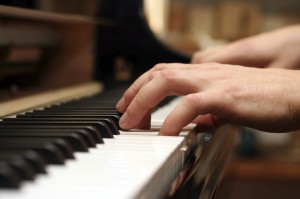 family, both emotionally and financially. That’s why we do what we do at the Brain Injury Law Center. For more than 40 years, founder and attorney Stephen Smith has been helping families affected by serious brain injuries get the compensation they deserve when a person or entity bears responsibility for the injury. Compensation doesn’t mean immediate recovery, but it can alleviate a stressful financial burden.
family, both emotionally and financially. That’s why we do what we do at the Brain Injury Law Center. For more than 40 years, founder and attorney Stephen Smith has been helping families affected by serious brain injuries get the compensation they deserve when a person or entity bears responsibility for the injury. Compensation doesn’t mean immediate recovery, but it can alleviate a stressful financial burden.